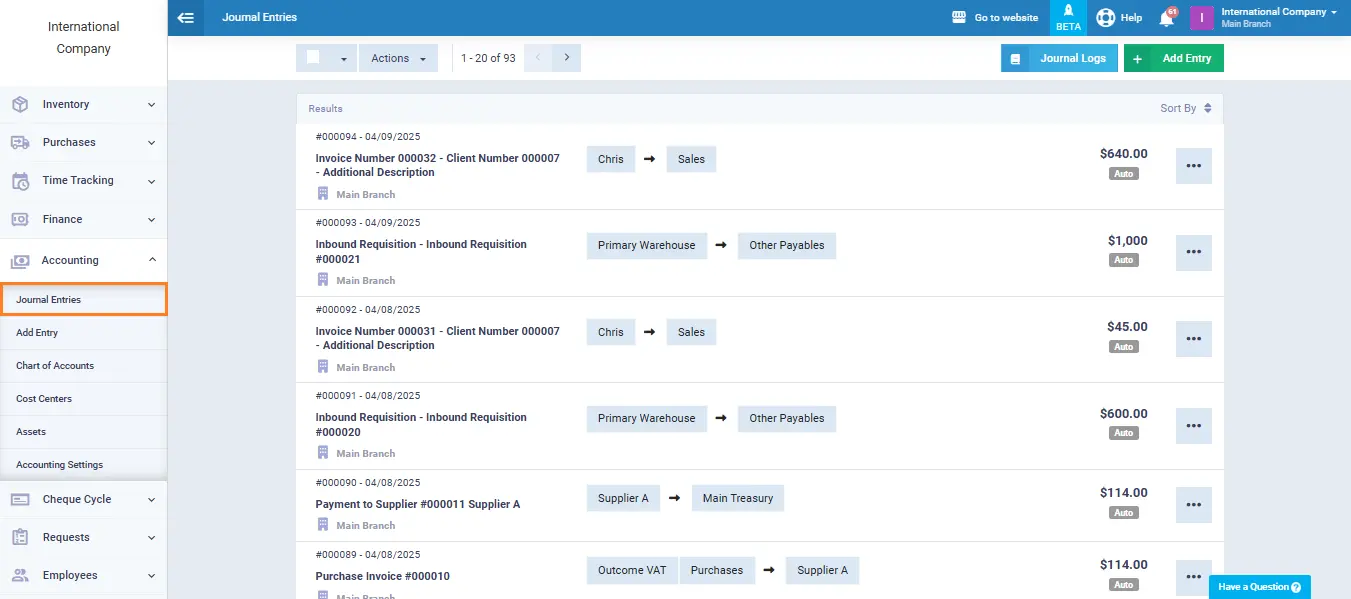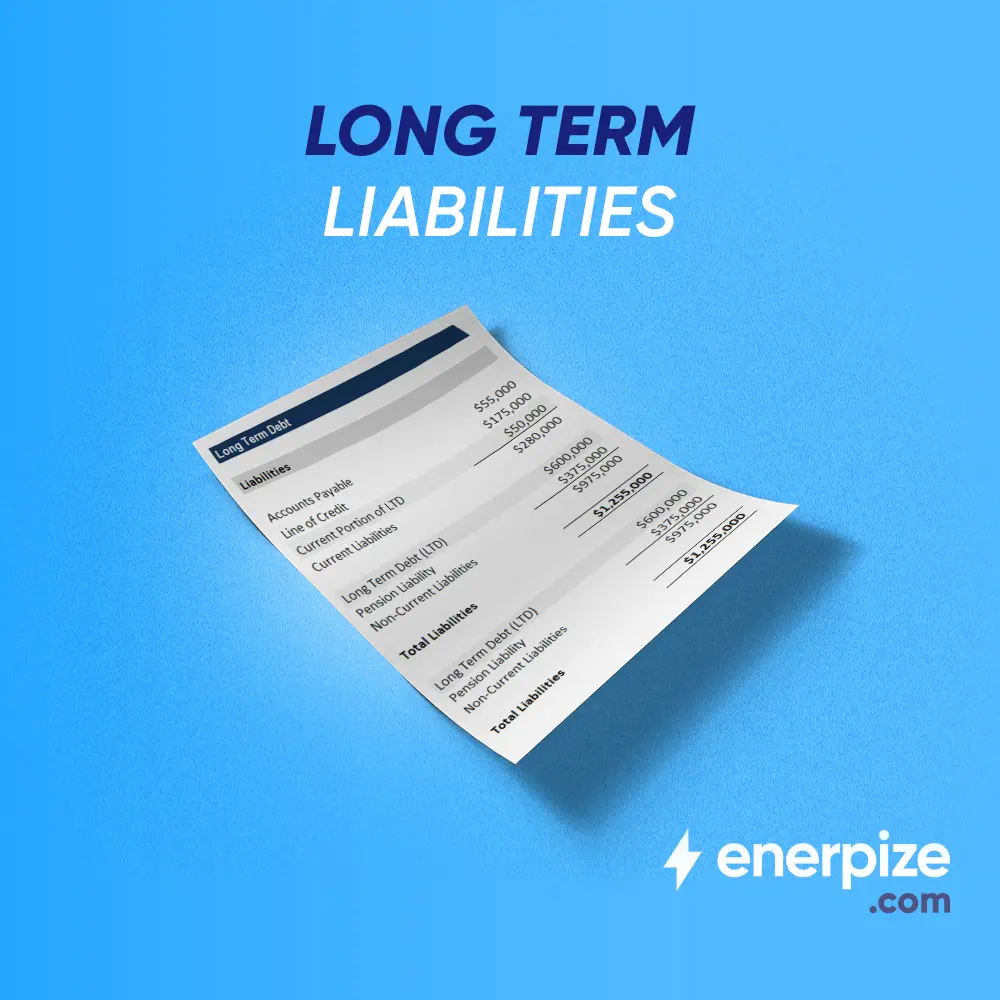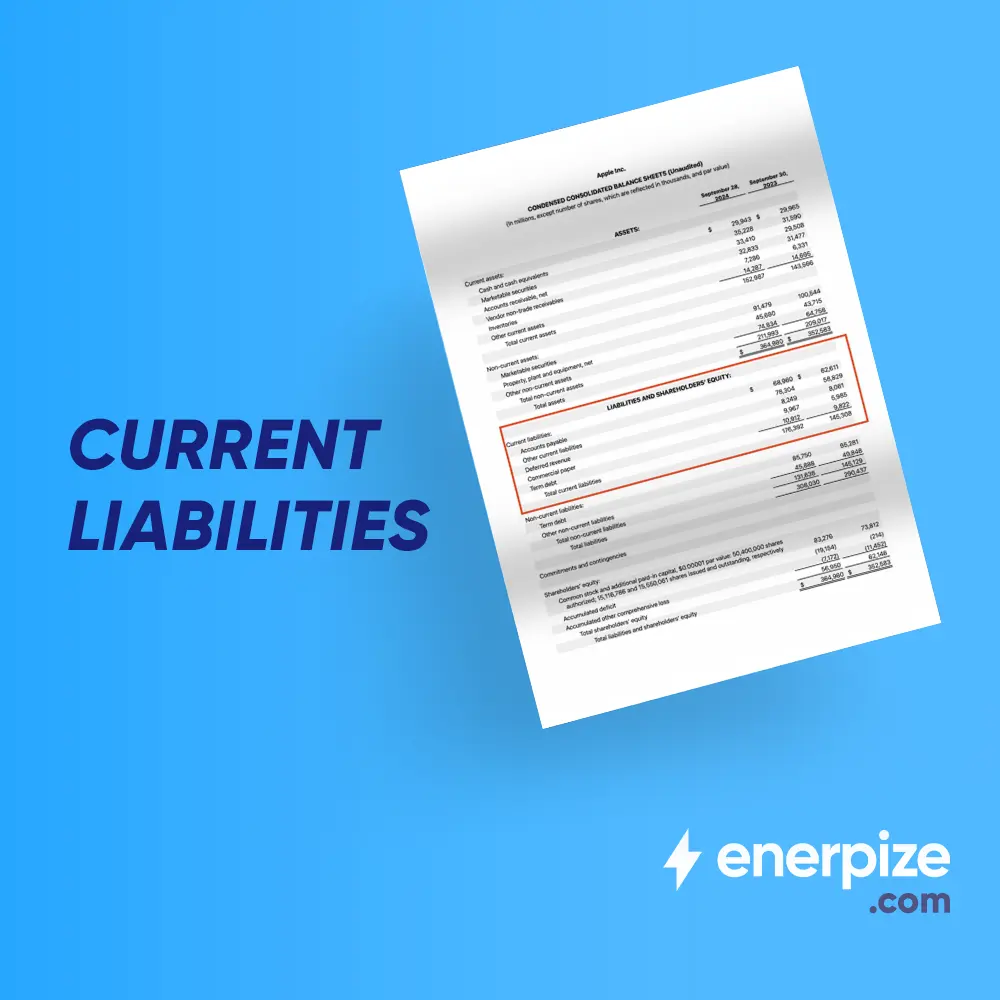Author : Haya Assem
Reviewed By : Enerpize Team
Reversing Entries Accounting: Purpose and Examples

Reversing entries are essential tools in the accounting cycle, helping businesses maintain accurate financial records at the start of a new period. These entries are made to reverse adjusting entries from the previous period, preventing the double-counting of revenues or expenses. By simplifying the process and ensuring clear financial statements, reversing entries streamline bookkeeping, making it easier for businesses to record transactions and maintain consistency in their accounting practices.
Key Takeaways:
- Reversing entries simplify accounting by canceling out prior-period adjustments.
- They prevent double-counting of revenues or expenses in the new period.
- Reversing entries improve the accuracy of journal entries and financial statements.
- They help maintain clarity and consistency across accounting periods.
What Are Reversing Entries?
Reversing entries are journal entries made at the beginning of an accounting period to reverse the effect of certain adjusting entries that were made at the end of the previous period. These entries are typically used for accruals or deferrals that are expected to be recorded in the new period, such as accrued revenues or expenses.
Purpose of Reversing Entries
Reversing entries play a key role in maintaining clarity and consistency in the accounting cycle. By automatically canceling out specific adjusting entries from the previous period, they simplify the recording of current-period transactions. This process helps avoid duplication and streamlines bookkeeping, especially when dealing with accrued or deferred items.
1- Simplify the Recording of Transactions
Reversing entries help streamline the process by eliminating the need for complex adjustments when recording transactions in the new period.
2- Avoid Double-Counting
They prevent the double recording of expenses or revenues, particularly for accruals or deferrals, ensuring that transactions are not repeated in the new period.
3- Maintain Accurate Financial Statements
By reversing adjusting entries, businesses can maintain clear and accurate financial records without confusing overlapping entries.
4- Improve Accuracy of Journal Entries
Reversing entries reduce the chances of errors when reconciling accounts or processing payments that relate to prior period adjustments.
5- Enhance Efficiency
They save time by automatically canceling out accruals or adjustments made in the prior period, allowing accountants to focus on current transactions.
6- Ensure Correct Matching of Revenues and Expenses
Reversing entries help achieve proper matching of revenues and expenses in the correct accounting period, as per the accrual basis of accounting.
7- Ease Financial Reporting
Reversing entries make it easier to produce accurate financial reports at the beginning of the new period, as they clear out temporary balances from previous adjustments.
8- Consistency in Accrual and Cash Accounting
Reversing entries help align the accrual accounting method with cash accounting, simplifying the tracking of payments or receipts once the event occurs in the new period.

Read Also: Closing Entries in Accounting: What Are They & Examples
Reversing Entries Examples
Example 1: Accrued Expense
At the end of December, a company accrues $1,000 in wages that have been earned by employees but not yet paid.
Adjusting Entry on December 31:
| Date | Account | Debit | Credit |
| 31/12/2024 | Wages Expense | $1,000 | |
| Wages Payable | $1,000 |
Reversing Entry on January 1:
| Date | Account | Debit | Credit |
| 01/01/2025 | Wages Payable | $1,000 | |
| Wages Expenses | $1,000 |
When wages are paid on January 5:
| Date | Account | Debit | Credit |
| 05/01/2025 | Wages Expense | $1,000 | |
| Cash | $1,000 |
Result: Expense is only recorded once in the January books.
Example 2: Accrued Revenue
A company earns $2,000 for services in December but won’t bill the client until January.
Adjusting Entry on December 31:
| Date | Account | Debit | Credit |
| 31/12/2024 | Account Receivable | $2,000 | |
| Service Revenue | $2,000 |
Reversing Entry on January 1:
| Date | Account | Debit | Credit |
| 01/01/2025 | Service Revenue | $2,000 | |
| Account Receivable | $2,000 |
When the client pays in January:
| Date | Account | Debit | Credit |
| 07/01/2025 | Cash | $2,000 | |
| Service Revenue | $2,000 |
Result: Revenue is not overstated.
How to Prepare Reversing Journal Entries
Reversing journal entries are made at the beginning of a new accounting period to cancel out certain adjusting entries recorded at the end of the previous period. This simplifies the recording of actual transactions in the new period and prevents double-counting.
1- Review Adjusting Entries from the Previous Period
Go through the adjusting journal entries made at the end of the prior accounting period, especially those related to accrued expenses and accrued revenues.
2- Identify Entries Eligible for Reversal
Select entries that involved accrued income or expenses, such as wages payable, interest receivable, or service revenue. Do not include deferrals like prepaid rent or depreciation unless your accounting policy allows.
3- Use the Same Accounts as the Adjusting Entry
When preparing the reversing entry, use the same account names that appeared in the original adjusting entry.
4- Reverse the Debits and Credits
Flip the amounts: debit what was originally credited, and credit what was originally debited. This nullifies the original adjusting entry.
5- Date the Entry on the First Day of the New Period
Enter the reversing journal entry with the date as the first day of the new accounting period (e.g., January 1).
6- Record the Entry in the Journal
Write the reversing entry in your general journal or accounting system, maintaining clarity in amounts and descriptions.
7- Post the Entry to the Ledger
Transfer the reversing entry to the general ledger so that account balances are updated and ready for the new period.
Read Also: How to Do Journal Entries?
Importance of Using Reversing Entries in Accounting
Reversing entries are not just a procedural step they play a strategic role in maintaining accounting efficiency, accuracy, and compliance. Their use becomes especially valuable in fast-paced environments where multiple transactions occur daily.
1- Streamline Accounting Operations
Reversing entries reduce the need for frequent manual review of prior period adjustments, helping the accounting team stay focused on current transactions without delays.
2- Minimize Risk During High-Volume Closures
During month-end or year-end closings, they help minimize errors and workload by preemptively clearing temporary accrual balances.
3- Ensure Operational Continuity
They allow day-to-day operations like payroll, invoicing, or vendor payments to continue without disruption or confusion about past-period adjustments.
4- Support Training and Onboarding
New accountants or temporary staff can process regular transactions without needing in-depth knowledge of prior period entries, thanks to reversing entries that simplify account balances.
5- Enable Cleaner Audit Trails
By separating current-period activity from adjustments, reversing entries create cleaner records that are easier to track and explain during audits or reviews.
6- Reduce System Dependency for Adjustments
Even in automated systems, reversing entries give accountants flexibility and control to manage accruals without relying entirely on programmed logic or workflows.
7- Align Accounting Practices Across Periods
They help maintain consistent accounting treatment across periods, making it easier to analyze trends and performance without interference from past-period effects.
Read Also: Intercompany Transactions Journal Entries: Importance & Examples

Automate Reversing Entries with Enerpize
Enerpize is an online accounting software designed to streamline your financial operations with ease and accuracy. It offers smart tools to handle accounting tasks such as journal entries, invoicing, payroll, inventory, and more, all in one system tailored for growing businesses.
Enerpize simplifies your accounting workflow by allowing you to automate reversing journal entries with just a few clicks. Instead of manually tracking and reversing prior-period adjustments, Enerpize enables automatic reversal of selected adjusting entries at the start of a new period, saving time, reducing errors, and maintaining accurate records.
Enerpize helps in the following:
- Automatically reverse accrued expenses or revenues without manual input.
- Ensure cleaner books and smoother month-end closings.
- Reduce the risk of duplicate entries or accounting confusion.
- Chart of accounts: Automate transactions from the chart of accounts to the general ledger.
- Focus on real-time transactions while Enerpize handles the cleanup from prior periods.
- Automatically generates accounting reports that provide real-time insights into financial performance.

FAQs
What accounts need reversing entries?
Reversing entries are typically used for temporary accounts like accrued revenues, accrued liabilities, prepaid expenses, and unearned revenues. These accounts require reversal to avoid duplication when the actual transactions are recorded in the new period.
May help you: How to Record Prepaid Expense Journal Entries?
When do you use reversing entries?
Reversing entries are used at the start of a new accounting period, usually on the first day of the period. They are made to reverse the adjusting entries from the previous period, ensuring that transactions like accrued expenses or revenues are only recorded once.

Reversing entries are easy with Enerpize.
Try our accounting module to record reversing entries automatically.








